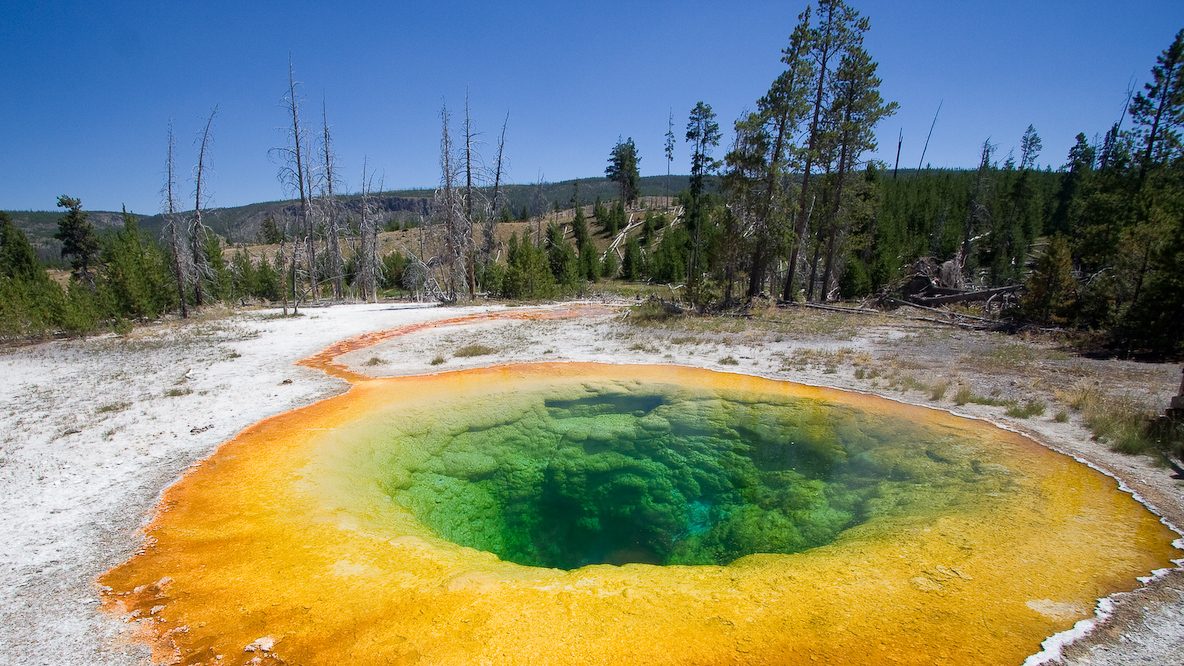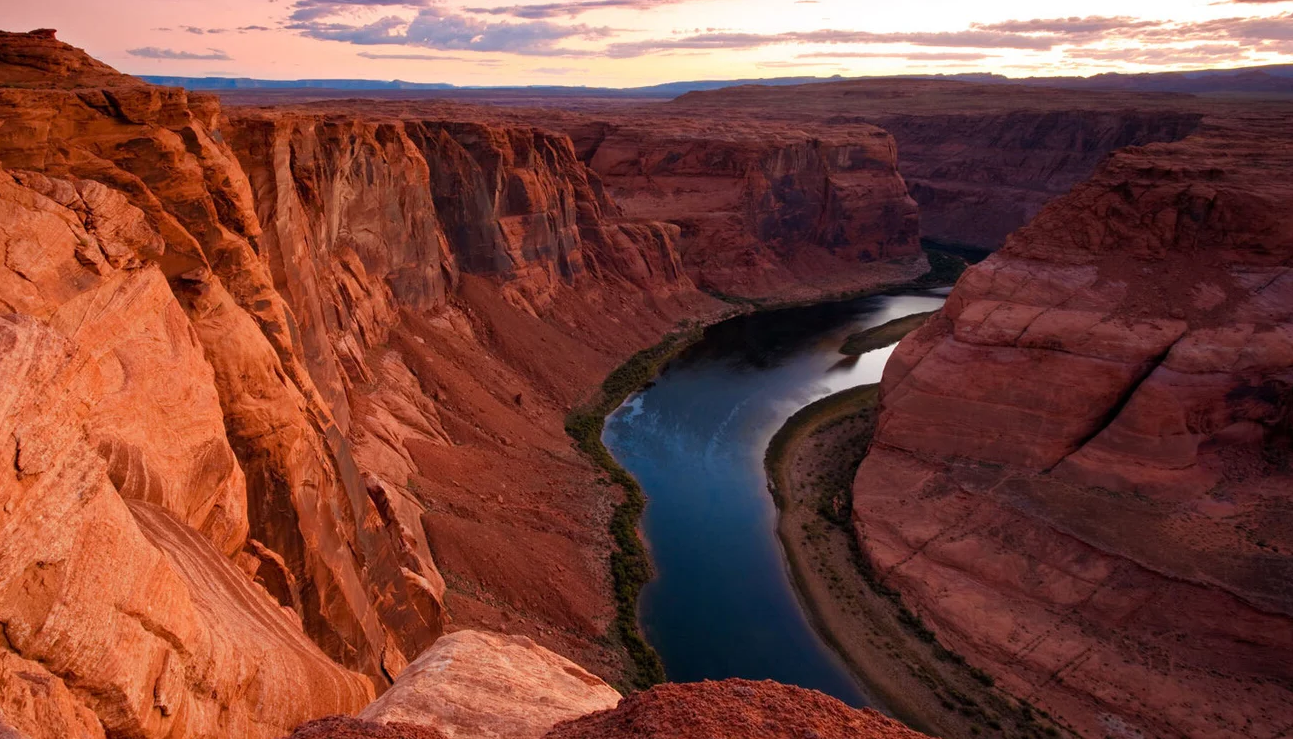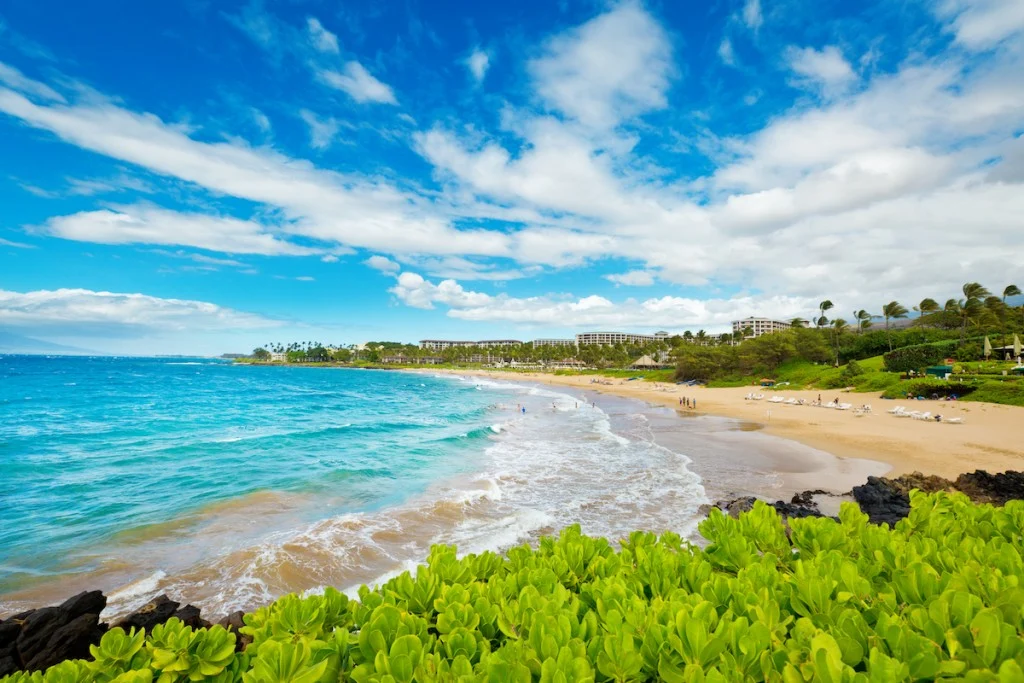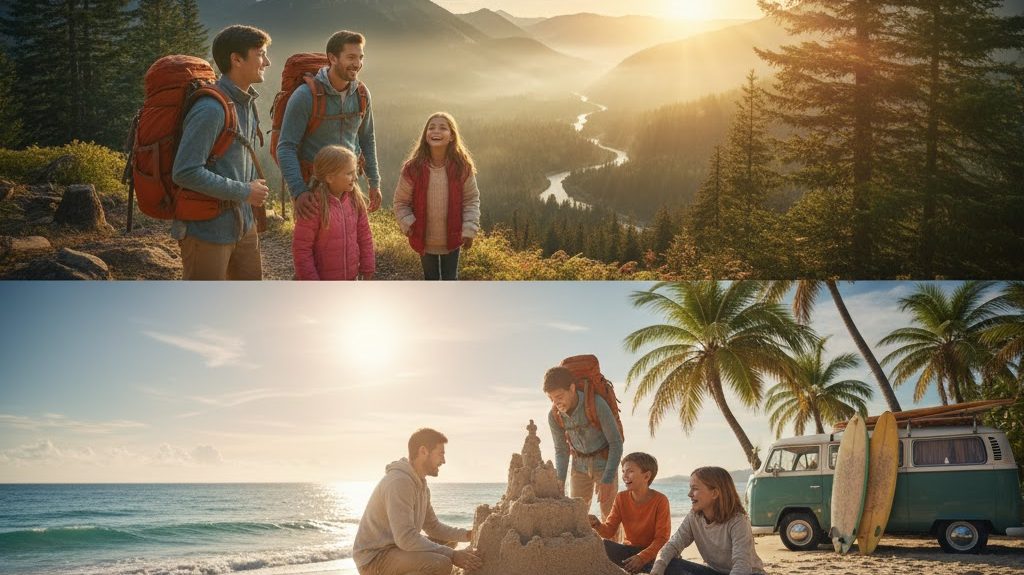Explore America’s most breathtaking places to encounter wildlife — from grizzly bears in Alaska to manatees in Florida. A complete 2025 guide for nature enthusiasts and eco-travelers.
The United States is one of the most biodiverse countries on Earth, offering countless opportunities for wildlife lovers to experience nature at its purest. Whether you dream of seeing wild horses galloping along the coast, eagles soaring over mountain peaks, or whales breaching just offshore, there’s a wildlife destination waiting to inspire your next adventure.
Why Wildlife Watching Is So Important in 2025
Wildlife tourism isn’t just about awe and adventure — it plays a vital role in conservation and mental health. According to a 2023 study by the University of Vermont, individuals who engage in regular wildlife observation reported a 25% improvement in mood and stress reduction, alongside a deeper appreciation for biodiversity.
Furthermore, the U.S. Fish and Wildlife Service estimates that over 100 million Americans participate in wildlife-related recreation annually, contributing billions to local conservation economies.
What Makes the U.S. Ideal for Wildlife Watching
The United States spans over 3.8 million square miles, with habitats ranging from tundra to tropical wetlands. This geographical diversity allows for encounters with everything from polar bears in Alaska to alligators in Florida, wolves in Wyoming, and bald eagles in the Pacific Northwest.
Let’s explore the top wildlife watching destinations in the USA, complete with what to see, when to go, and how to visit responsibly.
🏞️ Top 12 Wildlife Watching Destinations in the USA (2025 Guide)
Below is a detailed look at the 12 best places in the U.S. for wildlife watching, each offering unique species, ecosystems, and travel experiences.
1. Yellowstone National Park (Wyoming, Montana, Idaho)
Best for: Bison, wolves, bears, elk, and bald eagles
Yellowstone is the wildlife capital of America. Established in 1872 as the world’s first national park, it’s home to one of the largest megafauna populations in North America.
Top species to see:
- Gray wolves (best viewed in Lamar Valley)
- Grizzly and black bears
- American bison (roam in large herds across Hayden Valley)
- Bald eagles and trumpeter swans
Best time to visit: May–September
Research insight: A University of Montana study on wolf reintroduction found that restoring wolf populations in Yellowstone helped balance prey species and regenerate vegetation, proving that ecological balance supports both biodiversity and visitor experiences.
2. Denali National Park, Alaska
Best for: Grizzly bears, caribou, moose, and Dall sheep
Covering more than 6 million acres of pristine wilderness, Denali is where the untamed beauty of Alaska meets some of the most spectacular wildlife on Earth.
Wildlife highlights:
- Grizzly bears fishing near rivers
- Caribou herds migrating through valleys
- Golden eagles soaring above Denali’s peak
- Lynx and foxes in subarctic forests
Best time to visit: June–August (summer visibility and mild temperatures)
Tip: Join a ranger-led wildlife bus tour, as much of the park is closed to private vehicles.
3. Everglades National Park, Florida
Best for: Alligators, manatees, panthers, and exotic birds
The Everglades — a UNESCO World Heritage Site — offers one of America’s most unique ecosystems: a subtropical wetland teeming with life.
Wildlife highlights:
- American alligators basking along waterways
- West Indian manatees in winter months
- Roseate spoonbills and great blue herons
- The elusive Florida panther
Best time to visit: December–April (dry season)
Scientific insight: Research from the University of Florida’s Department of Wildlife Ecology found that healthy wetland systems directly support predator-prey diversity, making Everglades restoration a global conservation priority.
4. Great Smoky Mountains National Park (Tennessee & North Carolina)
Best for: Black bears, elk, salamanders, and deer
Home to over 19,000 documented species, the Smoky Mountains are one of the richest biodiversity hotspots in North America.
Wildlife highlights:
- Black bears (one of the largest populations in the eastern U.S.)
- Elk near Cataloochee Valley
- Fireflies and butterflies during summer
- Diverse birdlife, including wild turkeys and owls
Best time to visit: Spring and fall for scenic colors and animal activity
5. Katmai National Park, Alaska
Best for: Brown bears fishing for salmon
Katmai’s Brooks Falls has become world-famous thanks to “Fat Bear Week”, where bears bulk up before winter hibernation.
Wildlife highlights:
- Brown bears catching salmon in July–September
- Sea otters and harbor seals along the coast
- Bald eagles nesting near the rivers
Best time to visit: July–September
Fun fact: The National Park Service’s live bear cams draw millions of virtual visitors yearly — blending conservation awareness with digital engagement.
6. Rocky Mountain National Park, Colorado
Best for: Elk, moose, mountain lions, and marmots
Rocky Mountain National Park is a wildlife photographer’s paradise, with over 60 species of mammals.
Wildlife highlights:
- Elk during the fall rut (September–October)
- Bighorn sheep along Trail Ridge Road
- Pikas and marmots in alpine tundra zones
Best time to visit: Summer and early fall
Tip: Early mornings and twilight hours offer the best chances for sightings.
7. Glacier National Park, Montana
Best for: Grizzly bears, mountain goats, and wolverines
Nicknamed the “Crown of the Continent,” Glacier National Park offers untouched wilderness with dramatic peaks and glacial lakes.
Wildlife highlights:
- Mountain goats scaling cliffs
- Grizzly bears near huckleberry patches
- Moose and beavers in lower valleys
Best time to visit: June–September
Research note: A University of Montana climate study highlights that glacial retreat has affected animal migration patterns, emphasizing the importance of monitoring wildlife under changing climates.
8. Bosque del Apache National Wildlife Refuge, New Mexico
Best for: Migratory birds and sandhill cranes
Every winter, thousands of sandhill cranes and snow geese migrate to Bosque del Apache, creating one of the most awe-inspiring bird spectacles in the U.S.
Wildlife highlights:
- Over 350 bird species
- Coyotes and javelinas
- Waterfowl photography opportunities
Best time to visit: November–February
9. Channel Islands National Park, California
Best for: Sea lions, dolphins, whales, and seabirds
Known as the “Galápagos of North America,” the Channel Islands host over 150 endemic species found nowhere else on Earth.
Wildlife highlights:
- California sea lions and harbor seals
- Blue and humpback whales (May–September)
- Island fox — a species unique to these islands
Best time to visit: Spring–early fall
Tip: Take a guided wildlife cruise from Ventura or Santa Barbara for the best marine sightings.
10. Custer State Park, South Dakota
Best for: American bison and pronghorn antelope
One of the best places to see free-roaming bison in the U.S., Custer State Park offers expansive grasslands reminiscent of the Old West.
Wildlife highlights:
- Over 1,300 wild bison
- Prairie dogs and coyotes
- Annual Buffalo Roundup event (September)
Best time to visit: Late summer to early fall
11. Olympic National Park, Washington
Best for: Elk, black bears, sea otters, and orcas
With rainforests, alpine meadows, and rugged coasts, Olympic National Park offers unmatched ecological variety.
Wildlife highlights:
- Roosevelt elk herds
- Black bears in rainforest valleys
- Orca whales off the coast of Port Angeles
Best time to visit: May–September
Scientific note: A University of Washington study found that marine noise reduction efforts in Olympic’s coastal zones have significantly improved orca communication and feeding efficiency.
12. Theodore Roosevelt National Park, North Dakota
Best for: Bison, wild horses, and prairie dogs
Named after America’s conservation president, this underrated park offers serene prairies with abundant wildlife.
Wildlife highlights:
- Wild horses running through badlands
- Large herds of bison and elk
- Coyotes and raptors over open grasslands
Best time to visit: May–October
🦅 Best Wildlife Encounters by Category
| Type of Wildlife | Best Destination | Recommended Season |
|---|---|---|
| Bears | Katmai NP (AK), Yellowstone NP (WY) | July–September |
| Birds | Bosque del Apache (NM), Everglades (FL) | November–April |
| Marine Life | Channel Islands (CA), Olympic NP (WA) | May–September |
| Large Mammals | Denali NP (AK), Rocky Mountain NP (CO) | June–October |
| Reptiles | Everglades NP (FL) | December–April |
Responsible Wildlife Watching Tips
To ensure your encounters are ethical and sustainable, follow these key guidelines:
- Keep distance: Never feed or approach animals — use binoculars or zoom lenses.
- Stay quiet and observant: Minimize sound to avoid stress to wildlife.
- Travel with certified guides: Support local conservation-driven tours.
- Follow Leave No Trace principles: Pack out everything you bring in.
- Use eco-friendly travel gear: Reduce plastic and carbon footprints.
Pro Tip: Many parks now offer citizen science apps (like iNaturalist) allowing you to log wildlife sightings that support academic research.
The Science Behind Wildlife Watching and Wellbeing
Multiple university studies have confirmed that wildlife watching enhances psychological and emotional health.
- University of Exeter (UK) found that exposure to natural environments with visible wildlife improves cognitive restoration and reduces anxiety by up to 19%.
- Cornell University’s Lab of Ornithology reported that birdwatching specifically promotes mindfulness and emotional resilience.
- Stanford University research revealed that even brief exposure to wildlife reduces rumination and negative thought patterns, supporting long-term mental health.
So, when you set out to watch wildlife, you’re not just connecting with nature — you’re actively investing in your own well-being.
FAQs About Wildlife Watching in the USA
Q1: What is the best time of year for wildlife watching in the U.S.?
Spring and early fall are ideal, as animals are most active during migration, breeding, or feeding seasons. For specific species (like bears or whales), check regional timing.
Q2: Which U.S. state has the most diverse wildlife?
Alaska tops the list due to its massive size and untouched wilderness. However, Florida and California also rank high for diversity across marine and terrestrial ecosystems.
Q3: Do I need permits for wildlife watching in national parks?
Most parks don’t require permits for general viewing, but special tours or research activities may need advance authorization. Always check the National Park Service website.
Q4: Are there ethical wildlife tours available in the U.S.?
Yes. Many eco-certified operators — particularly in Alaska, Montana, and Florida — offer sustainable tours that support conservation and local communities.
Q5: How can I photograph wildlife safely?
Use telephoto lenses (200mm or more) and never approach animals. Stay inside designated viewing areas and respect wildlife distances posted by rangers.
Q6: What gear should I bring for wildlife watching?
Binoculars, a weatherproof camera, field guidebook, insect repellent, and layered clothing are essentials. Many parks also have visitor centers offering guided identification materials.
Q7: Are there wildlife watching opportunities near major cities?
Absolutely. Even near urban centers like Seattle, Miami, and San Francisco, national refuges and coastal reserves offer abundant viewing opportunities — especially for birds and marine life.



